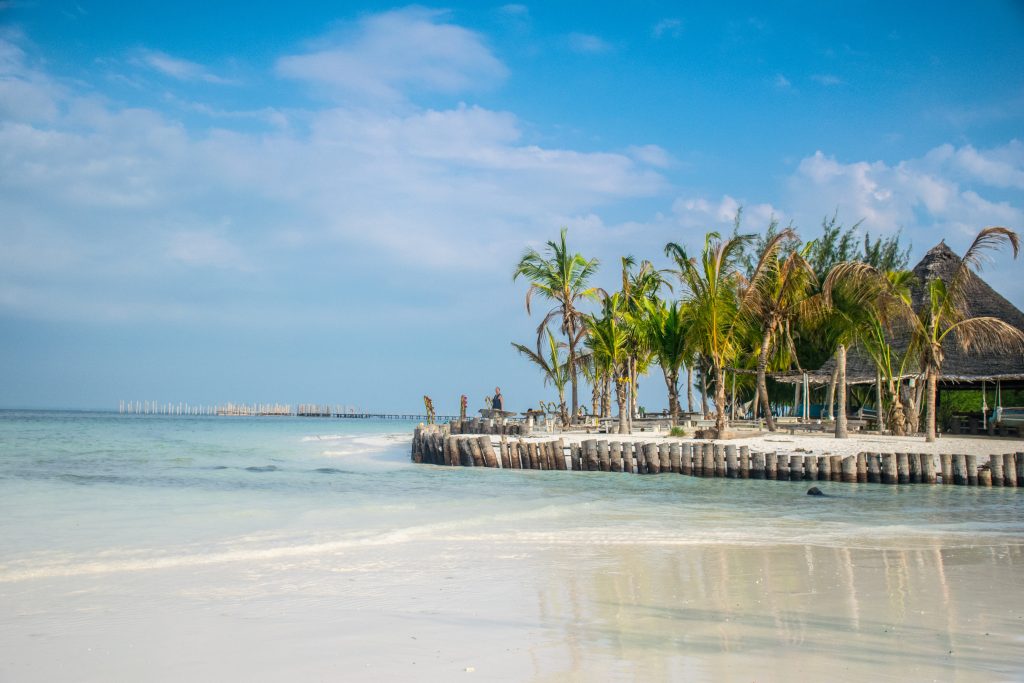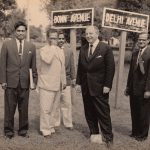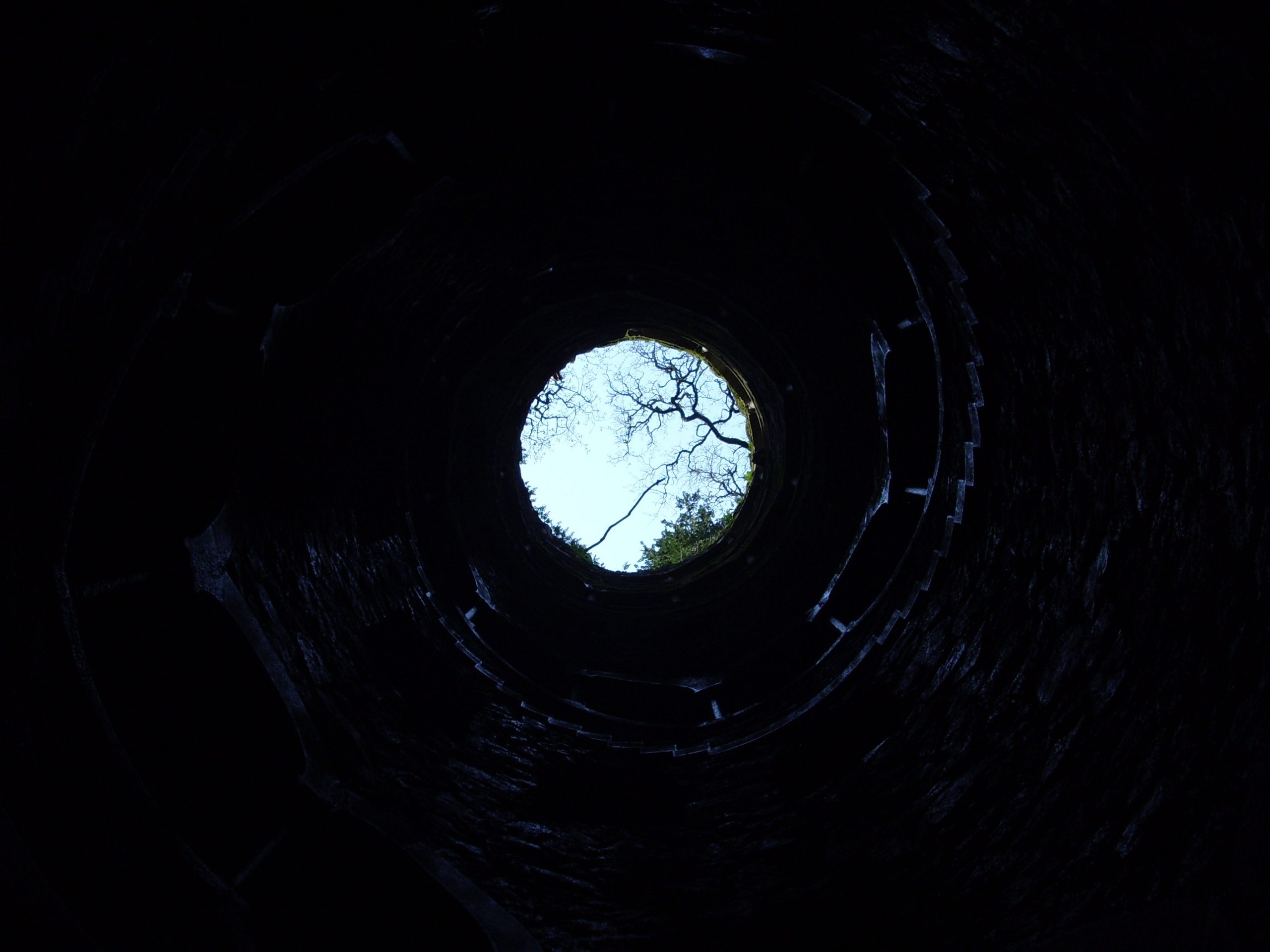There seems to be significant interest in Tanzania now more than ever before, thanks to the upcoming IIT Madras Zanzibar campus, which is gearing up for a grand opening in October. The time is ripe for some of us to brush up on history: from when the Portuguese explorer Vasco da Gama stepped foot on the shores of Unguja, to the time people’s revolution led to the formation of the United Republic of Tanzania, we bring you some of the (fascinating) lesser-known facts about Zanzibar that you might not have come across
By The Office of Global Engagement
Islands of joy
There is a common misconception that Zanzibar is an island; it is an archipelago located in the Indian Ocean. There are several smaller islands and two large ones; Unguja (colloquially known as Zanzibar), and Pemba Island. If you go further down South, there is Mafia Island, which is part of Tanzania’s Mafia Archipelago. With secluded sandbars, nesting turtles and migrating whale sharks, Mafia Island is a unique destination. The place is known to be quieter than Zanzibar.
A trade hub
Zanzibar was once a thriving trading hub. According to multiple reports, traders from Arabia, Persia and India began arriving in the islands of Zanzibar during the 1st century AD by sailing across the ocean. Wealthy port cities began to spring up along the coast, and a large, sheltered harbour was constructed at present-day Zanzibar city. Therefore, Zanzibar became a hotspot for trade and to explore the coast of Eastern Africa. It also made a perfect stop-off location for traders en route to Asia, the Middle East and the interior of Africa.
As a matter of fact, Persian traders gradually settled in Stone Town permanently and their influence on architecture, cuisine and culture can be seen even in present-day Zanzibar. One of the interesting facts is that it was often believed that traders from Yemen built the earliest mosque in the village of Kizimkazi on the southern coast of Zanzibar. But based on an inscription on the wall of the mosque, it was found that it was built in 1107.
The birthplace of Freddie Mercury
He was one of the famous musicians in the world who goes by the name Farroukh Bulsara. Doesn’t it ring a bell? Perhaps you might know him as Freddie Mercury, the lead vocalist and pianist of the famous rock band Queen. Till today, you can see so many tributes to Freddie Mercury at various places around Stone Town. Fans of Queen often flock to the Shangani area of Zanzibar, where Mercury grew up.
Born in 1946 in Zanzibar to Parsi-Indian parents, Mercury attended English boarding schools in India from the age of eight and returned to Zanzibar after secondary school. In 1964, his family fled the Zanzibar Revolution, moving to Middlesex, England. The charismatic performer, along with the other members of Queen, was inducted into the Rock and Roll Hall of Fame in 2001, following 15 studio albums and unprecedented global success.
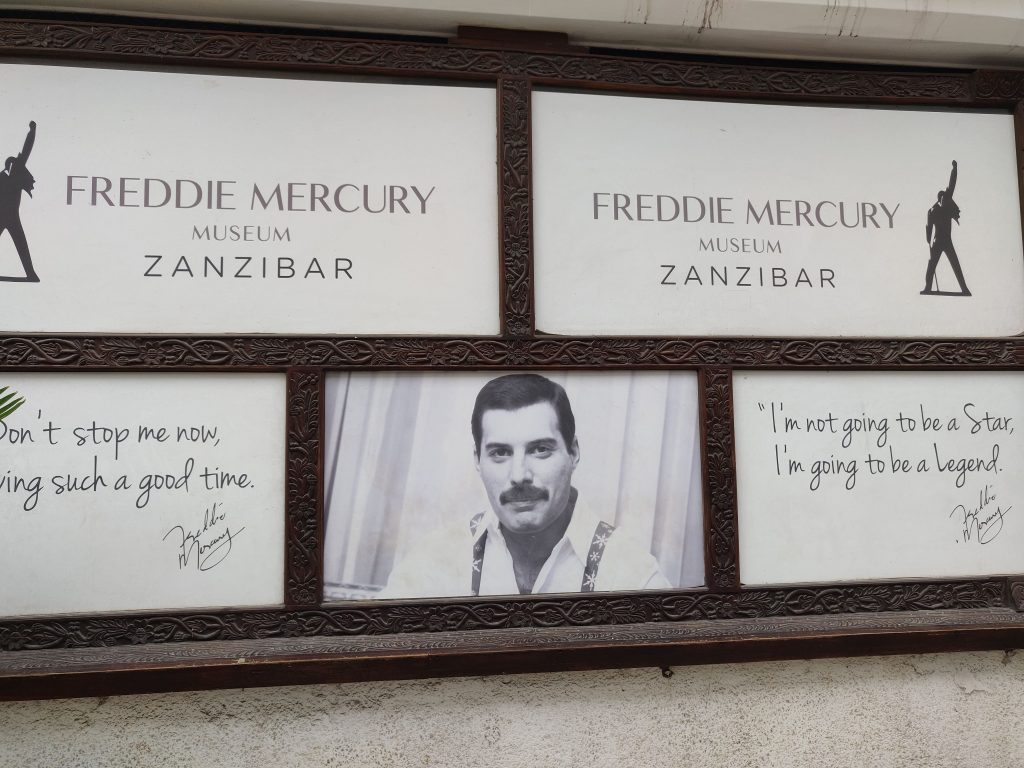

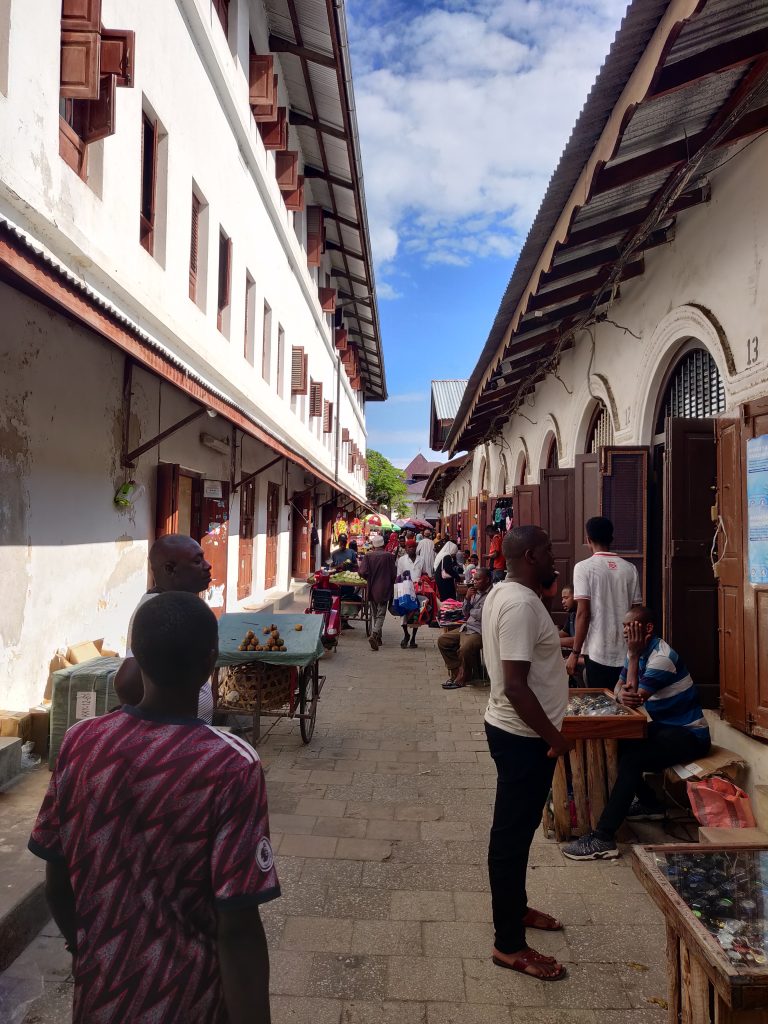
When Vasco da Gama arrived in Zanzibar
The famous Portuguese explorer Vasco da Gama, who was the first European to successfully reach India by sea, was said to have arrived in Zanzibar in 1499. It is believed that the European way of life and culture was introduced to the islands upon his arrival. Zanzibar became officially part of the Portuguese Empire in 1503 0r 1504, where Portuguese ruled with the mutual assistance of Zanzibari leaders. In fact, it has been reported that the people of Zanzibar had assisted the Portuguese in attacking the coastal city of Mombasa in Kenya more than once.
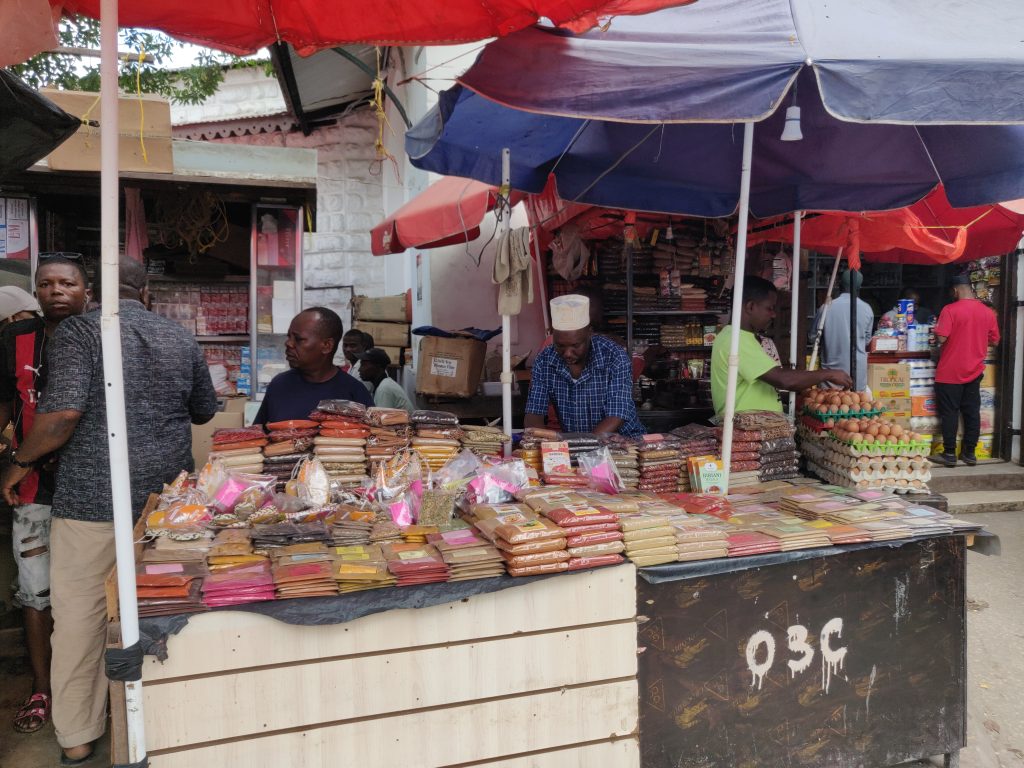
The land of spices
While tourism is the major source of economy for Zanzibar, the second is spices. So much so that the islands of Zanzibar are sometimes referred to as the Spice Islands. Some of the popular spices are cloves, nutmeg, cinnamon and black pepper. Some tourists take a trip to Zanzibar in order to experience the smell and tastes of spice farms.
A British Protectorate
In 1890, the remains of the Sultanate in Zanzibar were proclaimed a British protectorate. On the death of the ruling Sultan in 1896, however, the royal palace was seized by Khalid bin Barghash who proclaimed himself Sultan. After he refused to step down, the British attacked the palace, leading to the Anglo-Zanzibar War, which was otherwise known as the shortest war in history, which lasted under an hour.
After Khalid bin Barghash’s defeat, the British installed a Sultan of their choice, and British rule through a Sultan became the norm. In 1897, the new Sultan brought an end to Zanzibar’s reputation as a centre for slave trade by banning slavery and freeing all the slaves on the islands. In 1913, the British appointed their own governors and implemented important public health initiatives such as the construction of a sewer system, garbage disposal system and burial system so that the beaches of Zanzibar reeked no more of bodies, excrement and garbage, finally eliminating the foul smell of Stone Town.
On 10 December 1963, Zanzibar received its independence from the United Kingdom as a constitutional monarchy under the Sultan. This state of affairs was short-lived, as the Sultan and the democratically elected government were overthrown on 12 January 1964 in the Zanzibar Revolution led by John Okello, a Ugandan citizen who organized and led the revolution with his followers on the island. Sheikh Abeid Amani Karume was named president of the newly created People’s Republic of Zanzibar, which was a short-lived African state founded in 1964, consisting of the islands of the Zanzibar Archipelago.
The People’s Republic of Zanzibar existed for less than a year before it merged with Tanganyika to create the United Republic of Tanganyika and Zanzibar, which would be renamed to Tanzania in October of 1964.
